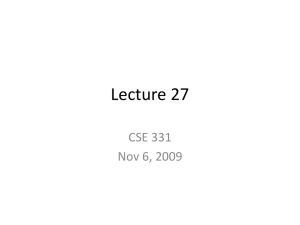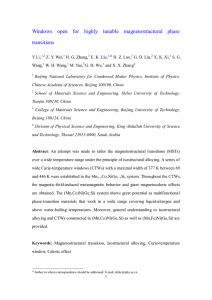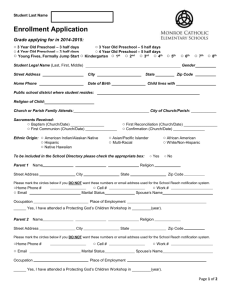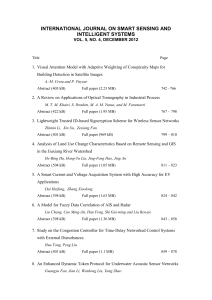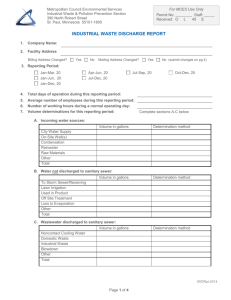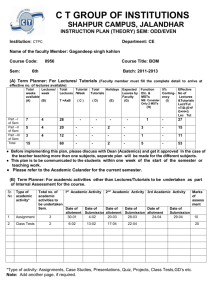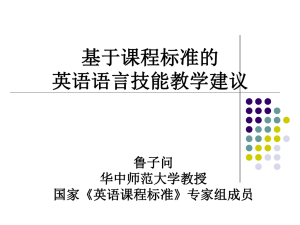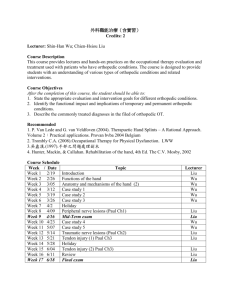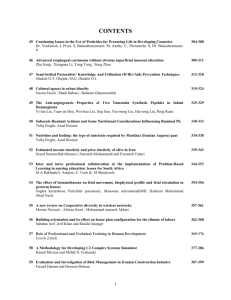Enke Liu - TU Delft
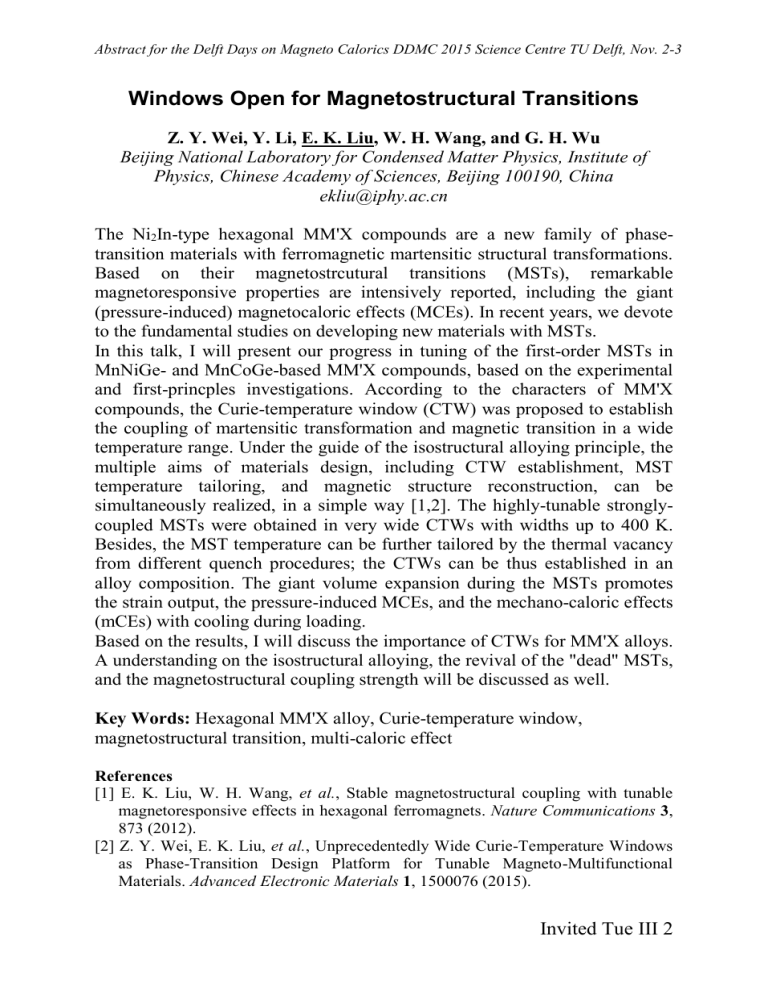
Abstract for the Delft Days on Magneto Calorics DDMC 2015 Science Centre TU Delft, Nov. 2-3
Windows Open for Magnetostructural Transitions
Z. Y. Wei, Y. Li, E. K. Liu, W. H. Wang, and G. H. Wu
Beijing National Laboratory for Condensed Matter Physics, Institute of
Physics, Chinese Academy of Sciences, Beijing 100190, China ekliu@iphy.ac.cn
The Ni
2
In-type hexagonal MM'X compounds are a new family of phasetransition materials with ferromagnetic martensitic structural transformations.
Based on their magnetostrcutural transitions (MSTs), remarkable magnetoresponsive properties are intensively reported, including the giant
(pressure-induced) magnetocaloric effects (MCEs). In recent years, we devote to the fundamental studies on developing new materials with MSTs.
In this talk, I will present our progress in tuning of the first-order MSTs in
MnNiGe- and MnCoGe-based MM'X compounds, based on the experimental and first-princples investigations. According to the characters of MM'X compounds, the Curie-temperature window (CTW) was proposed to establish the coupling of martensitic transformation and magnetic transition in a wide temperature range. Under the guide of the isostructural alloying principle, the multiple aims of materials design, including CTW establishment, MST temperature tailoring, and magnetic structure reconstruction, can be simultaneously realized, in a simple way [1,2]. The highly-tunable stronglycoupled MSTs were obtained in very wide CTWs with widths up to 400 K.
Besides, the MST temperature can be further tailored by the thermal vacancy from different quench procedures; the CTWs can be thus established in an alloy composition. The giant volume expansion during the MSTs promotes the strain output, the pressure-induced MCEs, and the mechano-caloric effects
(mCEs) with cooling during loading.
Based on the results, I will discuss the importance of CTWs for MM'X alloys.
A understanding on the isostructural alloying, the revival of the "dead" MSTs, and the magnetostructural coupling strength will be discussed as well.
Key Words: Hexagonal MM'X alloy, Curie-temperature window, magnetostructural transition, multi-caloric effect
References
[1] E. K. Liu, W. H. Wang, et al.
, Stable magnetostructural coupling with tunable magnetoresponsive effects in hexagonal ferromagnets. Nature Communications 3 ,
873 (2012).
[2] Z. Y. Wei, E. K. Liu, et al.
, Unprecedentedly Wide Curie-Temperature Windows as Phase-Transition Design Platform for Tunable Magneto-Multifunctional
Materials. Advanced Electronic Materials 1 , 1500076 (2015).
